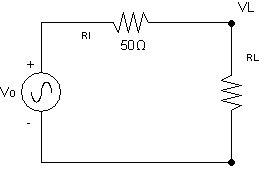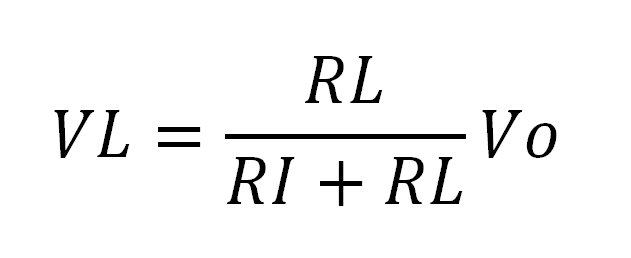How to Calculate Output Amplitude of a Function Generator with Different Load Resistance
2022-12-09
Many function generators or signal generators available today have specifications about it's minimum and maximum range of output in amplitude. Most often, it is common to see function generators with amplitude specifications of 10 Vpp into 50 ohm load, and 20 Vpp into open circuit. Essentially, this means that 10 Vpp will be the maximum output amplitude when the load resistance also has a matching 50 ohm. Although if you connect the generator to an oscilloscope with an input impedance of 1M ohm, you will see 20 Vpp as the maximum amplitude of your signal on display. It is common in many oscilloscopes to have 1M ohm input impedance, and some oscilloscopes may offer you the option to choose between 1M ohm and 50 ohm input impedance. But what happens if your application requires connecting a function generator with 50 ohm input impedance into a different load resistance value?
This article will explain how to calculate the maximum amplitude a function generator can output with different load resistances.
The input impedance and output voltage of a generator, as well as the load resistance and maximum output voltage, can be modeled by the circuit shown below:

Here, RI equates to the input impedance of a typical function generator, which is 50 ohms and is in series with Vo. Vo is the output voltage amplitude of the generator. RL is the load resistance, and VL is the actual voltage output, which is dependent on the value of RL.
This is simply a voltage divider circuit, which is based on the formula:

Typically on a function generator, the displayed amplitude reflects the voltage the generator will output when the load resistance is matching the generator's output impedance at 50 ohms. Thus, when applying the voltage divider formula with matching 50 ohms impedance, VL will be 1/2 of Vo. However, when load resistance is greater than 50 ohms, VL will increase. For example, an oscilloscope with a typical 1M ohm input impedance may display nearly double the voltage that's Displayed on the function generator. If load impedance is less than 50 ohms, VL will be less than the voltage displayed on the function generator.